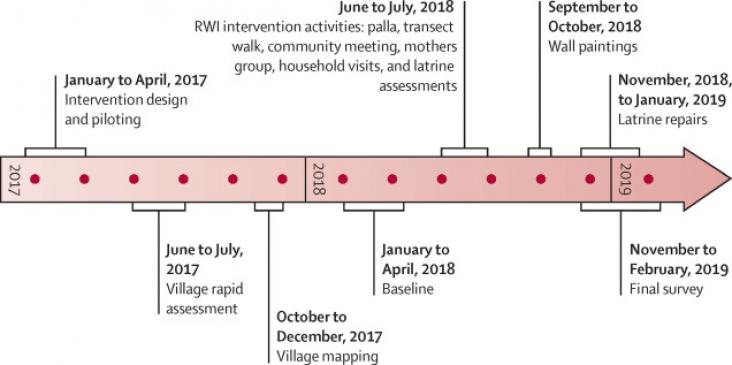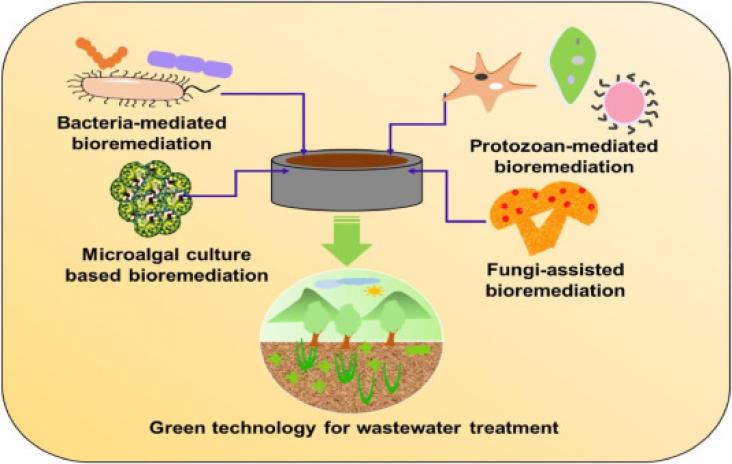

Wajid Umar, Muhammad Zia ur Rehman, Muhammad Umair, Muhammad Ashar Ayub, Asif Naeem, Muhammad Rizwan, Husnain Zia, Rama Rao Karri,
Chapter 10 - Use of nanotechnology for wastewater treatment: potential applications, advantages, and limitations,
Editor(s): Janardhan Reddy Koduru, Rama Rao Karri, Nabisab Mujawar Mubarak, Erick R. Bandala,
In Micro and Nano Technologies,
Sustainable Nanotechnology for Environmental Remediation,
Elsevier,
2022,
Pages 223-272,
ISBN 9780128245477,
https://doi.org/10.1016/B978-0-12-824547-7.00002-3
